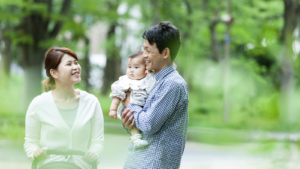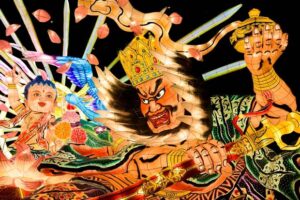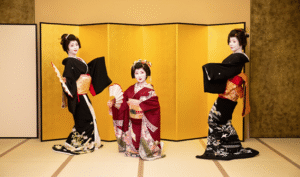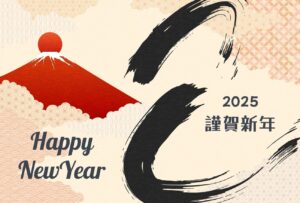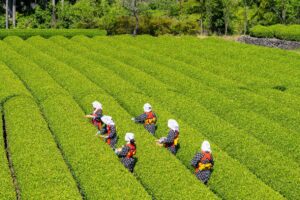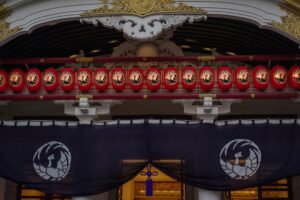Vernal Equinox Day in Japan
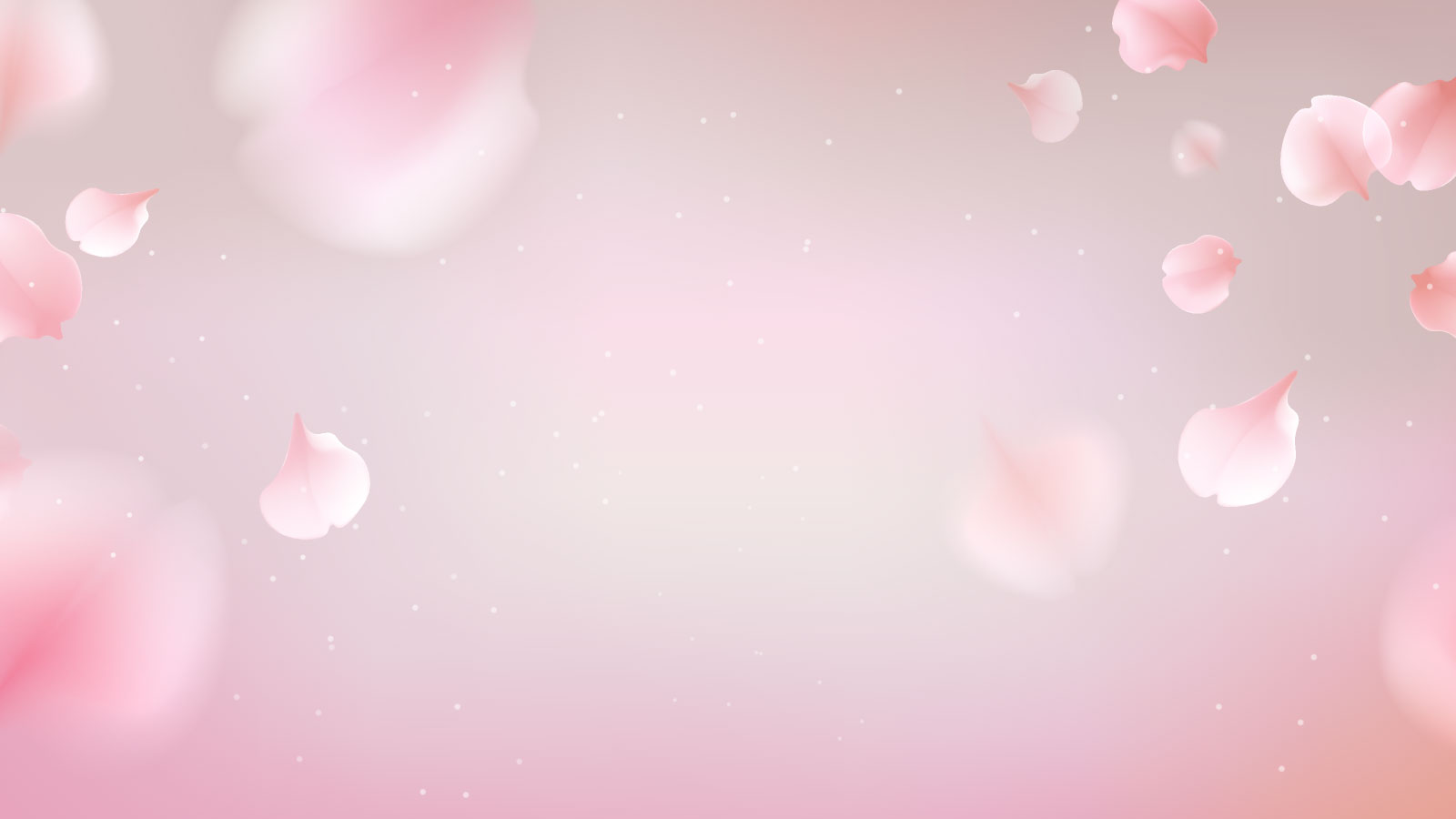
Vernal Equinox Day in Japan takes place on the day of Japan’s Northward equinox on either March 20th or 21st based on the time zone. This marks the beginning of the Spring season, which is a gorgeous time of year to be in Japan. Vernal Equinox Day became a public holiday in Japan in 1948, as a part of Japan;s postwar constitution that focused on the separation of the state and religion. Prior to this reconstruction , the equinox was celebrated in Shintoism as Shunki. Shunki involved carrying out traditional Shinto ceremonies, worshiping at shrines, and those who had passed. Today, both the original religious practices of this holiday are recognized by many in Japan as well as the secular celebration.
Many people in Japan have Vernal Equinox Day off from work. This gives them more time to enjoy the beginning of spring as well as honor their ancestors and Emperors of the past. Many Japanese families use this day to reconnect with their relatives and cherish traditions. It is common for people to visit grave sites and remember the dead. Vernal Equinox Day is also special to those involved in agriculture, as they use the holiday to pray for the prosperity of their crops in the upcoming season.
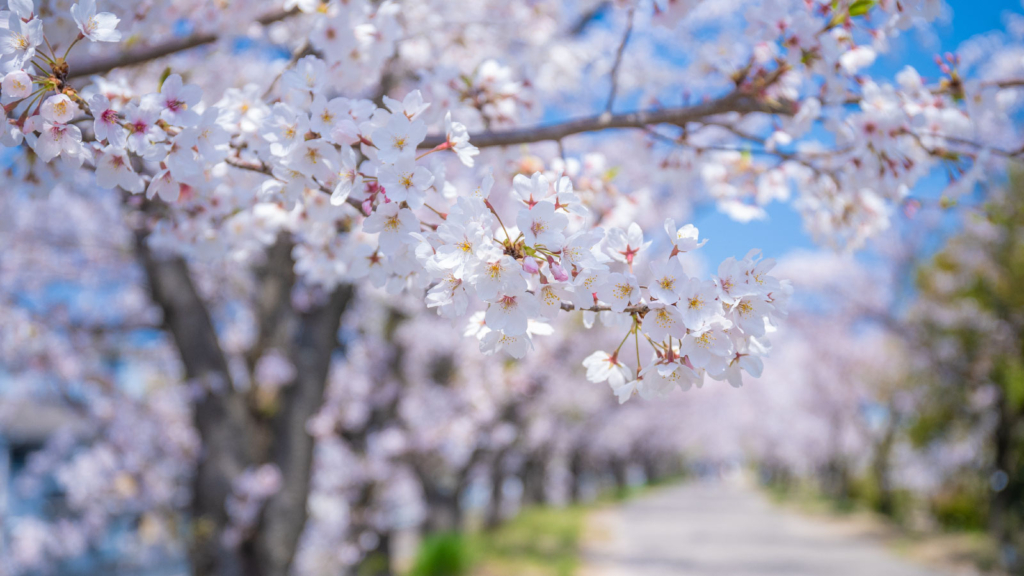
After Vernal Equinox Day, the days get longer, nights get shorter, temperatures rise, and flowers begin to bloom. Specifically, cherry blossoms begin to bloom during this time. These cherry blossoms hold an important cultural significance in Japan. The cherry blossom is Japan’s unofficial national flower, and their blooming kicks off the season of hanami, or cherry blossom viewing. Cherry blossoms tell the tale of the history of Japan as well as life, as they symbolize birth, death, beauty, and even violence. These cherry blossoms have marked spring in Japan as a sight to behold.


